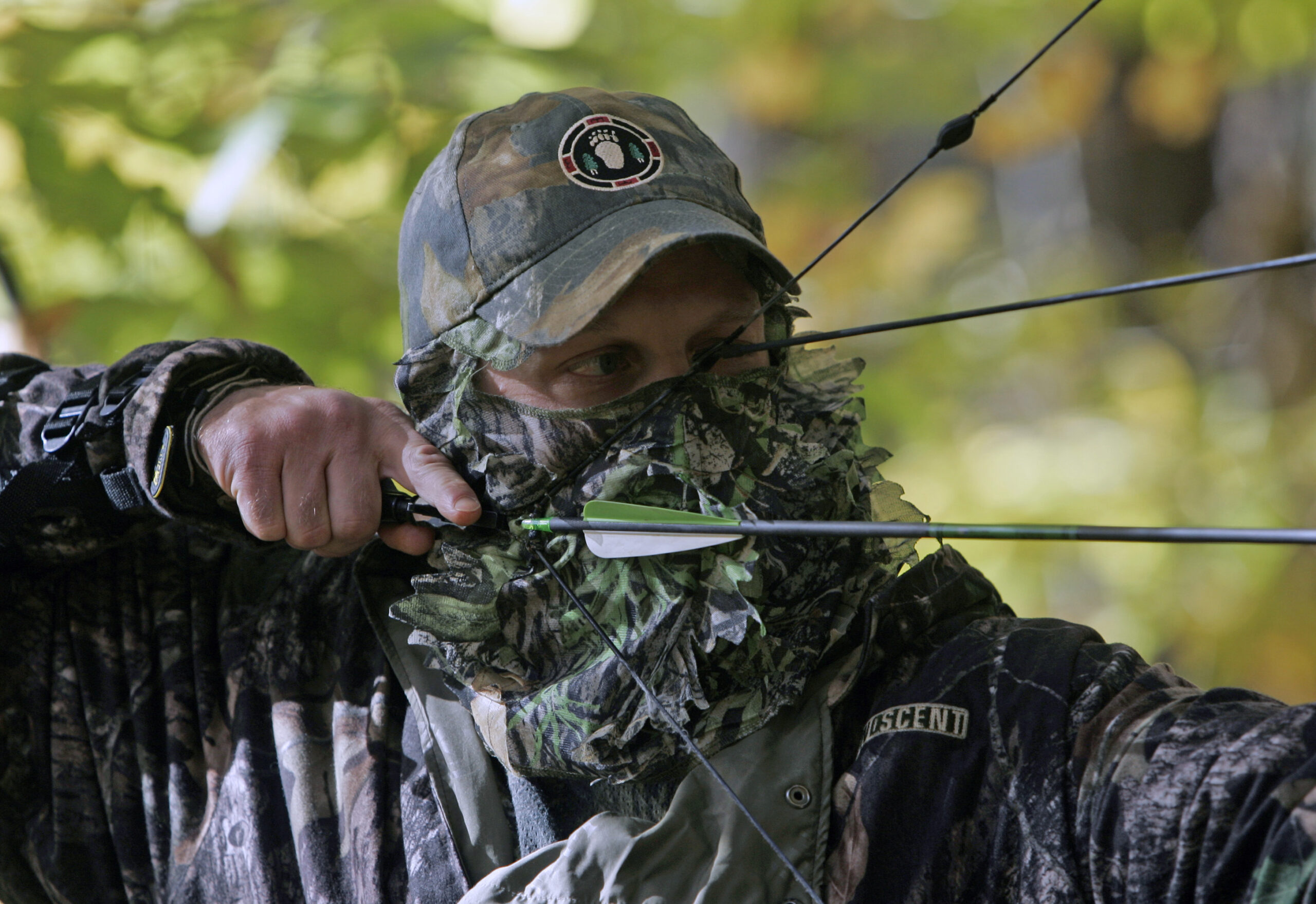COMMENTARY
When it comes to outdoor recreation, hunting is very safe. If you compare outdoor-related sports injuries, hunting ranks below golf, tennis and jogging. However, there are accidents and even fatalities every year, so when I got my annual Quality Deer Management Association 2020 Whitetail Report, a summary of the trends in hunting accidents caught my eye.
Hunting deaths occur every year. If we just look at the 11 1/2 million hunters over 16 years of age, there are about 100 deaths a year. Very few are the result of a shooting. Treestand accidents and heart attacks cause more hunting deaths and hunting accidents than any other causes. If we compare accidents and mortalities in 2008-18, the trend is downward, and extensive hunter education classes, taken by all hunters, are probably a factor causing this trend.
Hunter-paid federal excise taxes on hunting equipment generate millions of dollars each year and a chunk of that money supports safety training and hunter education. In essence, hunters pay for hunter education, and hunter education is a big reason hunting is relatively safe.
In 2018, there were 57 deaths related to hunting in the United States. The total for 2008 was 68, so the trend is down. In 2008, there were six hunting-related deaths in West Virginia and five in 2018, and although I could find no tabulation of the number of hunter heart attacks or tree stand falls each year in West Virginia, my guess is most of the hunting-related deaths fall in those categories.
The Tree Stand Safety Awareness Foundation compiled data on hunting incidents by stand type. It states tree stands are the number one cause of deer hunting accidents. It catalogs the types of tree stands that result in accidents and report 31% of tree stand accidents come from lock-on stands, 25% from climbing stands, 20% from ladder stands, 20% from home-made stands and 4% from “other” (I’m not sure what “other” refers to).
There is no surprise lots of accidents happen in home-made stands. Many are old, so the wood has rotted, and the stands are an accident waiting to happen. The fact lots of accidents occur in ladder stands is a bit of a surprise. Ladder stands seem safer than hang-on stands, but studies show that hunters have problems with ladder stands. For bowhunters, 33% of all falls came from hang-on stands, while 32% came from ladder stands. So much for the myth that you don’t need a safety restraint when using ladder stands.
Many tree stand accidents occur when they are being put up. I found a little data that reflected that. In Illinois in 2018, there were nine tree stand falls of which six occurred while putting up stands.
There really is no excuse for having an accident related to tree stands because there are safety restraints (i.e., safety harnesses, lifelines) that can almost eliminate such falls. Preventing tree stand accidents is relatively simple. Use a lifeline to ascend and descend from any type of tree stand, including ladder stands. When using a lifeline, you are always tied in and cannot fall. Also, use a full-body harness. Ninety-five percent of serious tree stand injuries come from not wearing a full-body harness.
One study showed that 67% of bowhunters and 77% of gun hunters in stands do not always use safety devices. The top excuse was, “I am extra careful climbing up or down from my stand.” Next was, “I have never fallen or had a near-accident,” and, “it is difficult to use” was third. Lots of bowhunters who do not wear harnesses or use lifelines are younger. Maybe they have that COVID-19 syndrome, feeling invincible to the virus so they don’t practice social distancing or wear masks. That same “I’m invincible” mentality leads to lots of serious injuries to younger hunters who use tree stands without a safety harness and a lifeline.
I don’t know why lots of hunters don’t wear harnesses or use lifelines, because most hunters own one or both of these items. Many have families back home; families that need them. Why gamble with your life?
Heart attacks while hunting could also be reduced with better hunter preparation. Overweight from poor, fat-laden, fried food diets, plus smoking probably rank high for anyone having a heart attack. What a better time to change eating and smoking habits. What a better time to get out and exercise. Then get online and order a safety harness if you don’t have one, and get one lifeline for every tree stand you use.
Dr. Samuel is a retired wildlife professor from West Virginia University. His outdoor columns have appeared, and continue to appear, in Bowhunter magazine and the Whitetail Journal. If you have questions or comments on wildlife and conservation issues, email him at drdave4@comcast.net.




